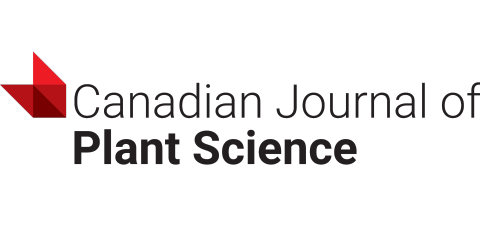
Absorption and translocation of dicamba in dicamba-tolerant wild tomato
Journal Articles
Information
Absorption and translocation of dicamba in dicamba-tolerant wild tomato
Authors: Rouzbeh Zangoueinejad, Mohammad Taghi Alebrahim, and Te-Ming Tseng
Read the Open Access paper: https://cdnsciencepub.com/doi/full/10.1139/cjps-2019-0314
Herbicide tolerance is commonly associated with reduced absorption and translocation of the herbicide; we hypothesized that the mechanism of dicamba tolerance in wild tomato (Solanum lycopersicum L.) accessions is due to these characteristics. The absorption and translocation of dicamba were investigated at a drift rate of 2.8 g a.e. ha−1 in three predetermined dicamba-tolerant (DT) wild accessions (TOM199, TOM198, and TOM300) and compared with two dicamba-susceptible (DS) commercial tomato cultivars [Money Maker (MM) and Better Boy (BB)]. Dicamba was quantified in three different parts of the tomato plant: two upper leaves, two lower leaves, and the roots at 1, 3, and 7 d after treatment. Both MM and BB absorbed more dicamba then all the three DT accessions. The overall translocation pattern of dicamba was similar between DS cultivars and DT accessions, thus suggesting that tolerance to dicamba in wild accessions may not be associated with reduced translocation but instead with reduced uptake of the herbicide. Additionally, reduced dicamba absorption in DT accessions may be attributed to their leaf characteristics, such as the presence of narrower leaves (3.42 leaf length/width ratio) and higher trichome density (20 no. mm−2) in DT accessions, than compared with DS cultivars (1.92 leaf length/width ratio and 8 no. mm−2 trichome density).
